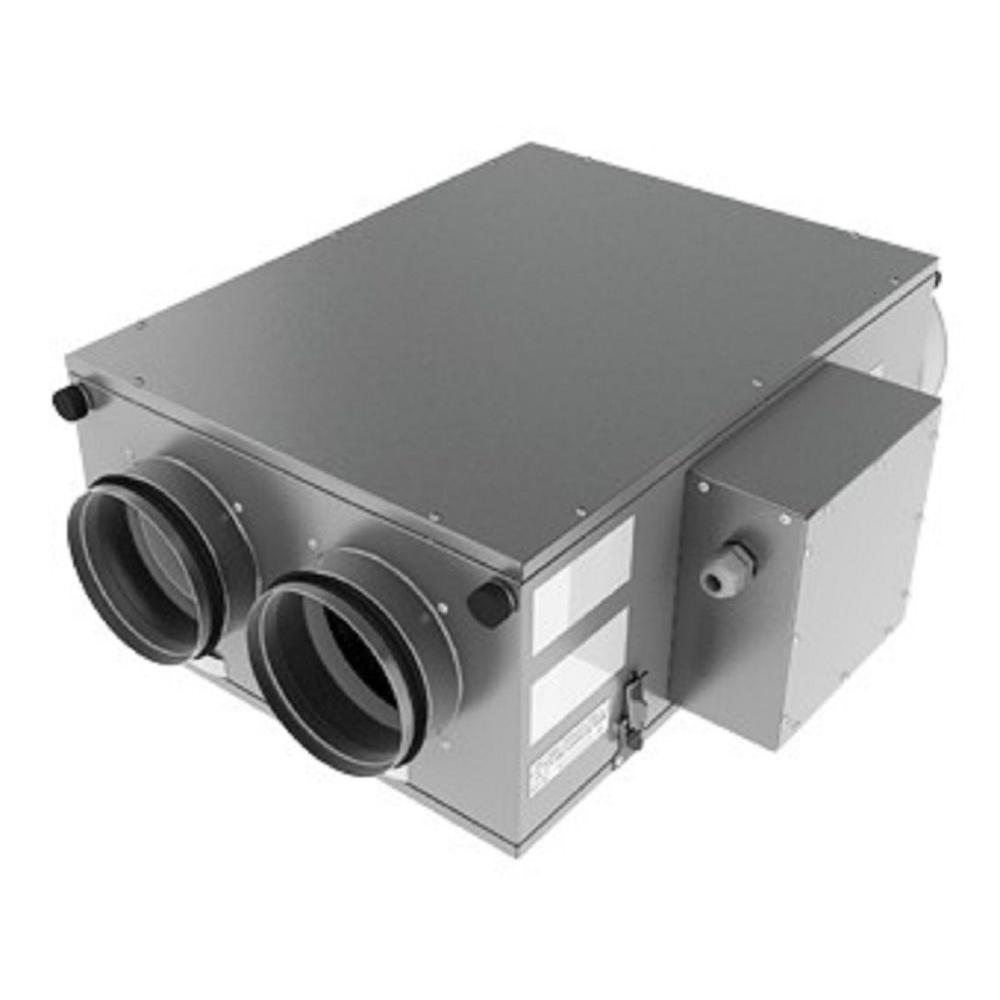
Save energy and money
Heat Recovery Ventilators
Heat Recovery Ventilators are also known as air to air exchangers. In tightly built homes the air can become very stale and saturated with moisture just from occupants in the house. A tightly built home is great for energy conservation but can have poor air quality. HRV’s exchange the air in a house by using the pre-existing or dedicated ducting system. To reduce energy costs associated with exchanging indoor warm air with cold outdoor air, the unit uses a heat transfer core that transfers the heat from the exiting warm stale air to the entering cold fresh air. This is also an effective way of controlling moisture in the home.
Comfort and Durability
How it can benefit you?
Heat recovery can provide various benefits, such as:
- Saving energy and money: Heat recovery can reduce the amount of fuel or electricity needed to heat or cool a space, as well as lower the carbon emissions and operating costs.
- Improving indoor air quality and comfort: Heat recovery can provide fresh and filtered air to a space, while maintaining a comfortable temperature and humidity level.
- Enhancing health and well-being: Heat recovery can prevent the growth of mold, bacteria, and dust mites, as well as reduce the symptoms of allergies, asthma, and respiratory infections.
Heat recovery can be applied to various types of buildings and systems, such as homes, offices, factories, schools, hospitals, and more. There are different types of heat recovery devices and technologies, such as heat exchangers, heat pumps, heat pipes, thermoelectric generators, and more. Each type has its own advantages and disadvantages, depending on the specific needs and preferences of the user.
